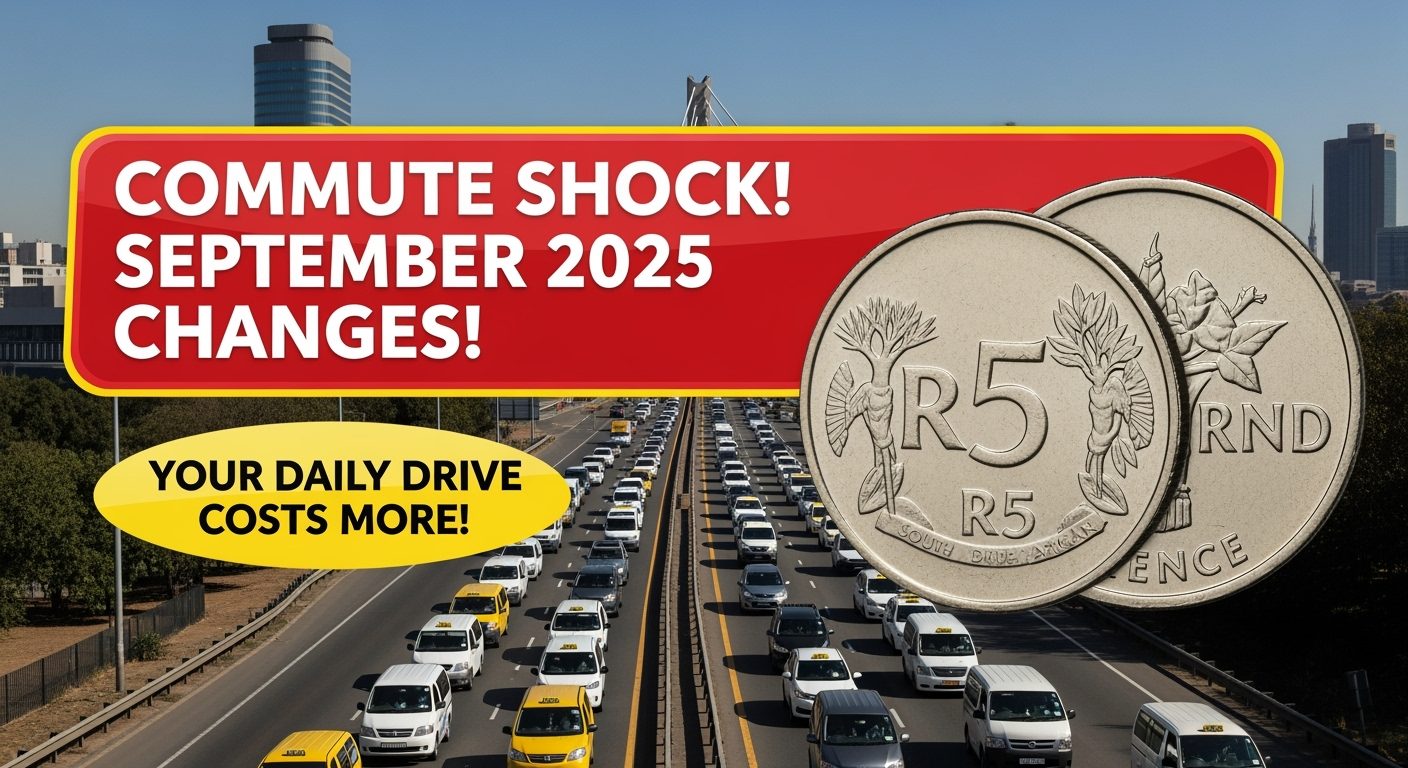Commute Costs Rising: Have you been keeping track of the upcoming changes to our daily travel expenses? I’ve been analyzing the September 2025 New Traffic Updates, and I must say, the outlook isn’t particularly budget-friendly for many of us. The new regulations set to take effect next fall will likely increase the cost of your daily commute in several ways. Transportation authorities have finalized a comprehensive package of changes that will impact everything from public transit fares to toll roads and parking fees. These adjustments are part of a broader initiative to address infrastructure funding gaps and promote sustainable transportation options, but they come with a price tag that many commuters will feel directly.
What Changes Are Coming in September 2025
The September 2025 New Traffic Updates include several key modifications to existing transportation policies. First, urban toll zones will expand in major metropolitan areas, affecting previously free routes that many commuters rely on daily. Second, parking fees in city centers will increase by an average of 15-20%, with dynamic pricing models that charge premium rates during peak hours. Third, public transportation fares will see a structured increase, though authorities plan to offer expanded discount programs for frequent riders and low-income commuters. Finally, there’s a new congestion pricing framework that will charge vehicles entering high-traffic areas during rush hours. These changes aim to reduce traffic volume while generating revenue for infrastructure improvements.
Why Commuters Will Pay More
The primary driver behind these increased costs is the significant infrastructure funding deficit that has accumulated over the past decade. Transportation departments across the country have been operating with insufficient budgets to maintain existing roads, bridges, and transit systems. Additionally, the push toward greener transportation solutions requires substantial investment in new technologies and systems. The September 2025 New Traffic Updates represent a shift toward a “user pays” model, where those who use transportation infrastructure bear more of the cost of maintaining and improving it. While this approach has economic merit, it does mean that individual commuters will shoulder a greater financial burden. For those who drive daily, the combined effect of higher tolls, parking fees, and congestion charges could add hundreds to monthly expenses.
 South Africa Weekend Weather September 2025 – Provinces Alerted of Dangerous Rain Conditions
South Africa Weekend Weather September 2025 – Provinces Alerted of Dangerous Rain Conditions
How to Prepare for the New Rules
With the September 2025 New Traffic Updates approaching, now is the time to start planning your strategy to minimize the impact on your budget. I recommend starting by reviewing your current commuting patterns and identifying potential alternatives. Could carpooling work for your schedule? Are there public transit options that might become more cost-effective despite the fare increases? Many employers are also expanding remote work policies in anticipation of these changes, so exploring flexible work arrangements could be beneficial. Additionally, consider taking advantage of pre-tax commuter benefit programs if your employer offers them. These programs can significantly reduce the net cost of your commute by allowing you to pay for certain transportation expenses with pre-tax dollars.
 September 2025 R12,500 Youth Grant – Application Window Open With Step-by-Step Instructions
September 2025 R12,500 Youth Grant – Application Window Open With Step-by-Step Instructions
- Review your transportation budget and adjust your monthly savings accordingly
- Explore carpooling options with colleagues who live nearby
- Investigate whether your employer offers commuter benefits programs
- Consider alternative transportation methods like cycling for shorter distances
When These Changes Will Impact You
The implementation of the September 2025 New Traffic Updates will follow a phased approach. The first wave of changes, primarily affecting toll roads and express lanes, will begin on September 1, 2025. Public transportation fare adjustments will follow on September 15, giving commuters a short transition period. The more complex congestion pricing systems will roll out in major cities starting October 1, 2025, with full implementation expected by year-end. Transportation authorities have promised a three-month grace period with reduced penalties for violations, allowing commuters time to adjust to the new systems. However, I strongly recommend familiarizing yourself with all changes well before they take effect to avoid unexpected costs and disruptions to your daily routine.
Real-World Impact Assessment
Let’s look at how these changes might affect a typical commuter. Sarah, a marketing professional who drives 18 miles each way to her office in the city center, currently spends about $320 monthly on her commute (including gas, parking, and occasional tolls). Under the new rules, her monthly commuting costs could rise to approximately $475—a nearly 50% increase. This example illustrates why it’s crucial to start planning now for the September 2025 New Traffic Updates. By exploring alternatives like partial remote work, carpooling, or public transportation, Sarah could potentially reduce this impact significantly. The key is to be proactive rather than reactive when these changes finally arrive.




